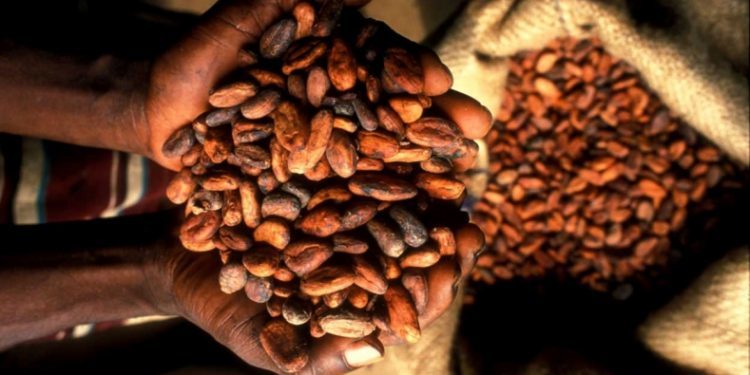Cocoa Abrabopa Association (CAA), Mars Wrigley, Sucden and ASCOT Amsterdam, and the International Cocoa Initiative (ICI) have partnered to create an Integrated and Supportive Child Labour Monitoring and Remediation System (CLMRS) in the CAA cocoa supply chain.
As evidenced by the recent NORC report, CAA acknowledges there are risks of child labour and forced labour in the cocoa supply chain.
CAA believes it is important to make sure that robust systems are in place to prevent, monitor and remediate the risks within its supply chain – therefore, they are partnering with our customers, supply chain actors and ICI to address child labour issues.
With the technical support and guidance of ICI, CAA will train its staff and design and set up a robust CLMRS for the Association. As part of the set-up, a diagnostic assessment was conducted by ICI to analyze the strengths and weaknesses of CAA. This was in regards to its processes to monitor and remediate human rights risks in its cocoa supply chain.
Specifically, the CLMRS starts with a detailed household survey for cocoa farmers of CAA and a community profiling for communities in the selected areas. This data will be analyzed to identify child labour cases. It would also help to determine households at risk of child labour and communities vulnerable to child labour and which support is needed.
The newly employed Child Development Officers will conduct in the communities a number of activities on a daily basis. The activities would help to identify children engaged or at risk to be engaged in child labour activities.
These activities will include household visits; community profile surveys; awareness raising sessions at household level and community level; unannounced farm visits; and deployment of needed remediation activities to support children and their families and the communities they live in.
Child labour remains a persistent challenge in Côte d’Ivoire and Ghana, despite major efforts by the governments, cocoa and chocolate companies, cocoa-growing communities, and other developmental partners to solve the issue.
According the recent NORC report, an estimated 1.56 million children engaged in cocoa-related child labour in cocoa-growing areas of Côte d’Ivoire and Ghana in 2018/19. Out of this figure, 790,000 children were in Côte d’Ivoire and 770,000 in Ghana. 95% of these children involved in cocoa-related hazardous child labour, with 713,000 in Ghana.
Also, it revealed that in all agricultural households in cocoa growing areas of Ghana, the percentage of children aged 5-17 in cocoa-related child labour has increased in the past decade. It increased from 44% to 55%. The report also revealed the child labour is widespread in many types of agricultural activity, not only in cocoa production.
“The increased prevalence of child labour and hazardous child labour rates underscores the importance of investing in child labour interventions.”
2021 is a pivotal year in the fight against child labour as it marks the International Year for the Elimination of Child Labour. Thus, ICI and other stakeholders are therefore pledging to scale up the coverage of systems that effectively prevent and address child labour.


Comments are closed.